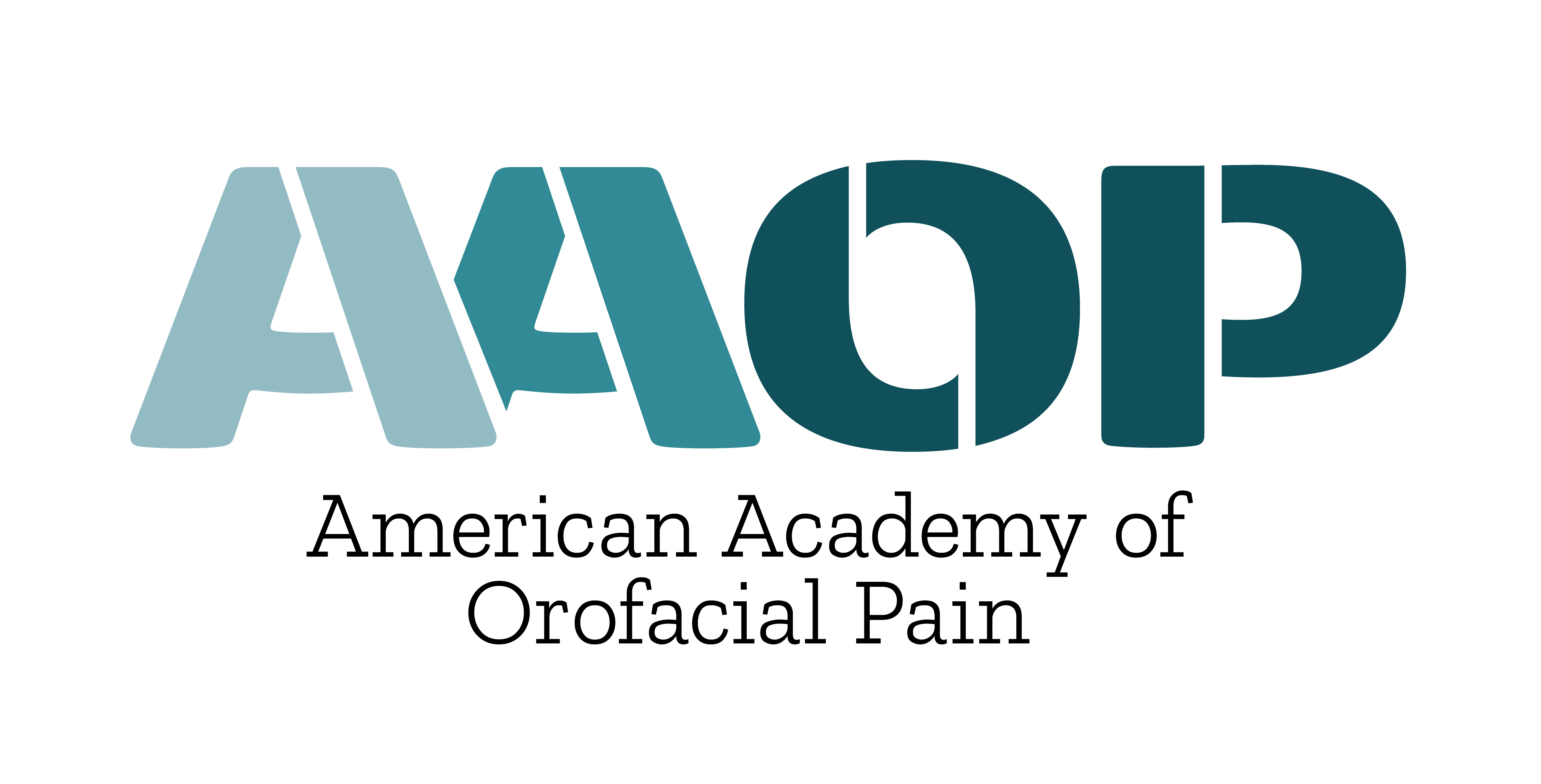Paul L. Durham, PhD, is Distinguished Professor of Cell Biology at Missouri State University and Director of its Center for Biomedical and Life Sciences, a multidisciplinary laboratory utilizing cellular/molecular, microbiological, biochemical, and chemical techniques. A major focus of his research has been to elucidate the cellular/molecular mechanisms by which novel drugs and nutraceuticals modulate the excitability state of neurons and glial cells under pathological conditions. More recently, his laboratory has been investigating epigenetic changes in response to changes in diet, sleep pattern, early life stress, and chronic inflammation. Another focus has been on understanding the mechanism of action by which non-invasive vagus nerve stimulation modulates the excitability state of neurons and glia in episodic and chronic models of migraine and TMD. A frequently invited guest lecturer and the author of > 80 peer-reviewed research articles and > 130 published abstracts. Dr. Durham has served on numerous NIH study sections and pharmaceutical company advisory boards and is currently a reviewer for more than 10 journals. Dr. Durham is a member of the Society for Neuroscience, American Headache Society, American Pain Society, and American Academy of Orofacial Pain.
There is a need for novel therapeutic approaches for orofacial pain conditions and reducing opioid dependency. Electrical stimulation of the vagus nerve, which modulates pain transmission, is beneficial in the treatment of neurological diseases and has FDA approval for the treatment of seizures in refractory epilepsy and depression, and most recently for chronic migraine. The pain associated with migraine and TMD pathology involves activation of trigeminal ganglion nerves, which provide sensory innervation of the head and face and relay nociceptive signals to the spinal trigeminal nucleus. Vagus nerve stimulation has been shown to inhibit nociceptive signaling within the trigeminal system in animal models of migraine pathology and orofacial pain. Results from clinical trials have provided evidence that transdermal non-invasive vagus nerve stimulation (nVNS) is a safe and well-tolerated method in the acute treatment of episodic migraine and episodic cluster headache. Importantly, the efficacy of nVNS in treating episodic migraine is reported to be similar to that of the triptans and thus is proposed as a novel non-pharmacological therapeutic alternative to the triptan class of abortive migraine drugs. Although similarly effective to triptans, nVNS functions via different physiological and cellular mechanisms to modulate pain signaling in response to trigeminal nerve activation. The inhibitory effect of nVNS is proposed to meditate multiple distinct cellular changes within the brain and spinal cord to facilitate descending pain modulation, an inhibitory pathway activated by opioids. Dr. Paul Durham will review the use of nVNS as a migraine therapy and provide recent information on the cellular activities regulated by nVNS. Furthermore, data will be presented to support the use of nVNS as a novel therapy for TMD and other orofacial pain conditions and as a novel nonaddictive alternative to opioids to manage acute and chronic pain.
Learning Objectives:
1. Know that nVNS is a safe and effective alternative or adjunctive therapy to triptans for episodic and chronic migraine.
2. Understand how nVNS functions to inhibit trigeminal pain signaling via a different mechanism than triptans in models of migraine and other trigeminally-mediated diseases.
3. Recognize that the multimodal mechanism of action of nVNS to facilitate descending pain modulation supports its use in the treatment of other orofacial pain conditions such as TMD and possibly trigeminal neuralgia.
4. Appreciate that nVNS functions via an inhibitory pain pathway activated by opioids and therefore, why this technique may offer a nonaddictive therapy for pain management.



Leave A Comment